Highlights
Highlights of UNESCO World Heritage Sites Sightseeing in Nepal
- Kathmandu Durbar Square: Explore ancient palaces, courtyards, and temples in the heart of Kathmandu.
- Pashupatinath Temple: Witness the spiritual and cultural significance of Nepal's most sacred Hindu temple.
- Boudhanath Stupa: Discover one of the largest Buddhist stupas in the world, surrounded by vibrant monasteries.
- Swayambhunath Stupa (Monkey Temple): Enjoy stunning views of Kathmandu Valley from this iconic Buddhist pilgrimage site.
- Patan Durbar Square: Marvel at exquisite Newari architecture and centuries-old temples in the city of artisans.
- Bhaktapur Durbar Square: Step back in time with this well-preserved medieval city showcasing Nepal’s rich cultural heritage.
- Changu Narayan Temple: Visit Nepal’s oldest temple, dedicated to Lord Vishnu, with intricate stone carvings.
- Lumbini: Explore the birthplace of Lord Buddha, featuring sacred gardens, monasteries, and the Maya Devi Temple.
- Chitwan National Park: Experience diverse wildlife and jungle safaris in Nepal’s first national park.
- Sagarmatha National Park: Witness the majestic beauty of the Everest region, home to Mount Everest and Sherpa culture.
Overview
UNESCO World Heritage Sites Sightseeing: Description
Nepal, a treasure trove of culture and natural beauty, boasts 10 UNESCO World Heritage Sites, each offering a unique glimpse into the nation’s history, spirituality, and biodiversity. Sightseeing tours of these heritage sites allow you to immerse yourself in the timeless traditions, architecture, and breathtaking landscapes that define Nepal.
The tour typically starts in the Kathmandu Valley, home to seven UNESCO sites, including Kathmandu Durbar Square, a historical hub of ancient palaces and temples. A visit to Pashupatinath Temple lets you witness one of the most sacred Hindu cremation rituals along the banks of the Bagmati River. For Buddhist pilgrims, Boudhanath Stupa and Swayambhunath Stupa offer serene experiences, with mesmerizing chants and fluttering prayer flags.
A short drive to Patan and Bhaktapur reveals beautifully preserved medieval cities where exquisite wood carvings, stone sculptures, and intricate metalwork highlight Nepal’s artistic heritage. Just outside the valley lies the Changu Narayan Temple, a masterpiece of stone and metalwork dating back to the 5th century.
Beyond the Kathmandu Valley, a journey to Lumbini, the birthplace of Lord Buddha, offers a spiritual retreat with sacred monuments, monasteries, and the serene Maya Devi Temple. For nature lovers, the lush jungles of Chitwan National Park provide a chance to spot rare wildlife, including one-horned rhinos and Bengal tigers. Finally, a trip to Sagarmatha National Park, nestled in the Everest region, showcases the grandeur of the Himalayas, Sherpa culture, and stunning trekking trails.
This sightseeing tour is perfect for history buffs, spiritual seekers, and nature enthusiasts, offering a comprehensive exploration of Nepal’s rich cultural and natural heritage.
Why You Should Visit UNESCO World Heritage Sites in Nepal
- Cultural Immersion: Explore Nepal’s ancient art, architecture, and traditions.
- Spiritual Connection: Discover sacred Hindu and Buddhist sites that have drawn pilgrims for centuries.
- Diverse Experiences: From bustling cities to serene nature reserves, each site offers a unique perspective.
- Breathtaking Scenery: Marvel at Nepal’s iconic landscapes, from the Himalayas to lush jungles.
- Historical Significance: Learn about Nepal’s history and its contribution to world heritage.
- Family-Friendly Tours: Ideal for travelers of all ages, including families, solo adventurers, and groups.
Best Tips for UNESCO World Heritage Sightseeing in Nepal
- Plan Ahead: Research the sites and choose an itinerary based on your interests and available time.
- Hire a Guide: Local guides provide valuable insights into the history and significance of each site.
- Dress Modestly: Wear respectful clothing when visiting temples and religious sites.
- Stay Hydrated: Carry water and snacks, especially during full-day tours.
- Start Early: Begin your day early to avoid crowds and enjoy serene experiences at popular sites.
- Combine with Nature: Pair cultural tours with visits to Chitwan or Sagarmatha National Parks for a holistic experience.
- Respect Local Customs: Follow temple etiquette, including removing shoes and avoiding photography where restricted.
Best Time for Sightseeing UNESCO World Heritage Sites in Nepal
- Autumn (September–November): Ideal for clear skies and pleasant weather, making outdoor exploration comfortable.
- Spring (March–May): Enjoy warm weather and blooming flowers, especially around the Kathmandu Valley.
- Winter (December–February): Perfect for fewer crowds and crisp, clear views, though mornings can be chilly.
- Monsoon (June–August): While rain may limit outdoor activities, the lush greenery offers a unique charm.
Key Attractions by Region
- Kathmandu Valley:
- Kathmandu Durbar Square
- Pashupatinath Temple
- Boudhanath Stupa
- Swayambhunath Stupa
- Patan Durbar Square
- Bhaktapur Durbar Square
- Changu Narayan Temple
- Outside Kathmandu:
- Lumbini: Buddha’s birthplace with monasteries and sacred gardens.
- Chitwan National Park: Jungle safaris and wildlife exploration.
- Sagarmatha National Park: Majestic Everest region landscapes and Sherpa culture.
Looking to explore all of Kathmandu’s UNESCO wonders in one day? Check out the Kathmandu’s UNESCO Sites – Seven World Heritage Day Tour , a comprehensive journey through temples, palaces, and stupas in just 8–10 hours.
🧭 Alternative Tours & Packages
- Kathmandu Helicopter City Tour Over Ancient Temples & Palaces
Take to the skies for an exciting helicopter flight above Kathmandu, soaring over historic temples, royal palaces, and UNESCO landmarks. This aerial tour offers a fresh and captivating view of the city’s rich cultural heritage. - Kathmandu’s Spiritual Circuit - Himalayan Views & Holy Sites
Immerse yourself in a spiritual exploration of Kathmandu’s revered temples, monasteries, and stupas, paired with peaceful Himalayan panoramas. This journey reveals the deep religious traditions woven into the valley’s fabric.
Included and Excluded
- One or more experience English-speaking guides according to group size.
- 4-star hotel accommodation on BB sharing basis in Kathmandu.
- All airport transfers.
- All the transfers to sightseeing places as per the itinerary.
- All the entrance and monument fees.
- All the personal expenses travel insurance, beverage bills, phone call bills, internet bills, bar bills, laundry, water, lunch and diner
- Gratuity for the Guide and Drives.
- Rescue operation in case of emergency and Personal Tour equipment.
- All the expenses which arise due to a change of itinerary because of political trouble, strike, lockdown landslide, or any other obstacles.
Itinerary
- Arrival at Kathmandu Airport: Upon landing, our office representative will meet you at the airport.
- Meet & Greet: At the main arrival exit gate, look for a representative holding a sign with your name. Feel free to approach them for assistance.
- Transfer to Hotel: After a warm welcome, you’ll be driven to your hotel. Upon arrival, the front desk staff will assist you with your booking by filling in your passport details.
- Program Briefing: While your hotel booking is finalized, our representative will provide a brief overview of your upcoming Kathmandu Valley sightseeing tour.
- Room Check-In: Once the briefing is complete, the hotel staff will escort you to your room.
- Rest & Relaxation: Take some time to rest and recover from your long flight.
- Evening Exploration: In the evening, feel free to explore the area around your hotel.
- Dinner & Overnight Stay: Enjoy dinner at the hotel and spend the night in comfort.
- Breakfast: Enjoy breakfast at your hotel and prepare for a day of sightseeing. Don’t forget to pack essentials such as your camera, water, umbrella, sunscreen, and some cash.
- Meet Your Guide: At the designated time, our professional guide will meet you in the hotel lobby and provide a brief overview of the day’s itinerary.
- Swayambhunath Stupa:
- Drive: Approximately a 20-minute drive to Swayambhunath.
- Description: Located at 5,000 feet above sea level, Swayambhunath offers stunning views of the Kathmandu Valley. It is a sacred site for both Hindu and Buddhist pilgrims, commonly known as the Monkey Temple due to the large population of monkeys in the area. Your guide will share interesting facts about the stupa's history and significance.
- Kathmandu Durbar Square:
- Drive: After Swayambhunath, enjoy a 20-minute drive to Kathmandu Durbar Square.
- Description: Also known as Hanuman Dhoka Durbar Square and Basantapur Durbar Square, this site is rich in art and architecture, featuring numerous temples and monuments from the Malla and Shah dynasties. Don’t miss the Kumari Ghar, the home of the living goddess, as well as the impressive Kal Bhairav rock sculpture and the Shiva-Parvati temples.
- Boudhanath Stupa:
- Drive: Next, we will take a 40-minute drive to Boudhanath, home to the largest Buddhist stupa.
- Lunch: Enjoy lunch at a rooftop restaurant overlooking the magnificent dome-shaped Boudhanath stupa.
- Exploration: After lunch, your guide will take you on a tour around the stupa, which is a significant pilgrimage site for Buddhists.
- Pashupatinath Temple:
- Drive: A 20-minute drive will take us to Pashupatinath.
- Description: This sacred site is a major pilgrimage destination for Hindus. You will witness cremations taking place on the banks of the holy Bagmati River. Your guide will provide detailed insights into the history and significance of Pashupatinath.
- Return to Hotel: After visiting Pashupatinath, we will drive back to your hotel.
- Dinner & Overnight: Enjoy dinner at the hotel and spend the night resting after a fulfilling day of exploration.
- Breakfast: After enjoying breakfast, prepare your essentials for the day. Our guide will meet you in the lobby at the scheduled time to discuss the itinerary.
- Patan Durbar Square:
- Drive: Approximately a 30-minute drive to Patan Durbar Square.
- Description: Explore this historical site known for its rich art and architecture, featuring numerous temples, including the famous Krishna Mandir. The area is also home to shops selling traditional dress, handicrafts, and thangka paintings, making it a great spot for photography.
- Bhaktapur Durbar Square:
- Drive: A 45-minute drive to Bhaktapur Durbar Square.
- Description: Discover another architectural gem with temples like Nyatapola and Taleju, as well as the Fifty-Five Window Palace and the Golden Gate. Enjoy the vibrant atmosphere filled with shops, restaurants, and alleys.
- Lunch: Have lunch at a rooftop restaurant with a view of Bhaktapur Durbar Square.
- Changu Narayan Temple:
- Drive: About a 30-minute drive to Changu Narayan Temple.
- Description: Visit the oldest historical temple, built during the Licchavi dynasty. Admire its intricate sculptures and architecture. The temple attracts numerous Hindu pilgrims, especially during specific festivals.
- Return to Hotel: After visiting Changu Narayan, we will drive back to your hotel. Take some time to relax or visit nearby souvenir shops for gifts.
- Dinner: Enjoy dinner with our team, sharing experiences from the day. Overnight at the hotel.
- Prepare your backpack, and our office staff will pick you up from your hotel to take you to the airport.
- Catch your flight back to your home country or destination, carrying unforgettable memories of your time in Nepal.
Route Map
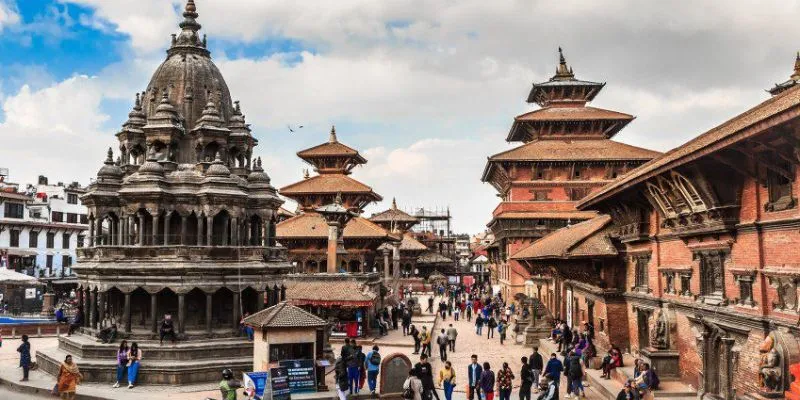
Fixed Departure
UNESCO World Heritage Sites Sightseeing Availability
| # | Date | Cost | Status | Action |
|---|
FAQs
Pashupatinath Temple is one of the most sacred Hindu temples dedicated to Lord Shiva. It is renowned for its intricate architecture, with a gold-covered roof and silver doors. The temple is located on the banks of the Bagmati River, where Hindu rituals such as cremations are performed. The temple complex is vast, covering 186 hectares, and is a key pilgrimage site for Hindu devotees from around the world. Pashupatinath is also listed as a UNESCO World Heritage Site due to its religious importance and architectural grandeur.
Boudhanath Stupa is one of the largest Buddhist stupas in the world and is considered one of the most sacred sites outside Tibet. It serves as a focal point for Tibetan Buddhism and attracts both local and international pilgrims, especially from Tibet. The stupa is noted for its massive dome structure, surrounded by prayer flags and the iconic eyes of Buddha gazing from all four sides. The site is a center for meditation and spiritual practices, and it is surrounded by numerous monasteries (gumbas), traditional homes, and shops, making it a vibrant spiritual hub.
Kathmandu Valley is a unique blend of ancient history, art, culture, and religious significance. It is home to seven UNESCO World Heritage Sites, each representing the valley's rich architectural heritage, spiritual traditions, and vibrant culture. The valley's significance stems from its historical role as a crossroads of Hinduism and Buddhism, its well-preserved medieval city-states of Kathmandu, Patan, and Bhaktapur, and the stunning craftsmanship reflected in its palaces, temples, and stupas.
Pashupatinath Temple is one of the most sacred Hindu temples dedicated to Lord Shiva. It is renowned for its intricate architecture, with a gold-covered roof and silver doors. The temple is located on the banks of the Bagmati River, where Hindu rituals such as cremations are performed. The temple complex is vast, covering 186 hectares, and is a key pilgrimage site for Hindu devotees from around the world. Pashupatinath is also listed as a UNESCO World Heritage Site due to its religious importance and architectural grandeur.
Boudhanath Stupa is one of the largest Buddhist stupas in the world and is considered one of the most sacred sites outside Tibet. It serves as a focal point for Tibetan Buddhism and attracts both local and international pilgrims, especially from Tibet. The stupa is noted for its massive dome structure, surrounded by prayer flags and the iconic eyes of Buddha gazing from all four sides. The site is a center for meditation and spiritual practices, and it is surrounded by numerous monasteries (gumbas), traditional homes, and shops, making it a vibrant spiritual hub.
Kathmandu Valley is a unique blend of ancient history, art, culture, and religious significance. It is home to seven UNESCO World Heritage Sites, each representing the valley's rich architectural heritage, spiritual traditions, and vibrant culture. The valley's significance stems from its historical role as a crossroads of Hinduism and Buddhism, its well-preserved medieval city-states of Kathmandu, Patan, and Bhaktapur, and the stunning craftsmanship reflected in its palaces, temples, and stupas.
Pashupatinath Temple is one of the most sacred Hindu temples dedicated to Lord Shiva. It is renowned for its intricate architecture, with a gold-covered roof and silver doors. The temple is located on the banks of the Bagmati River, where Hindu rituals such as cremations are performed. The temple complex is vast, covering 186 hectares, and is a key pilgrimage site for Hindu devotees from around the world. Pashupatinath is also listed as a UNESCO World Heritage Site due to its religious importance and architectural grandeur.
Boudhanath Stupa is one of the largest Buddhist stupas in the world and is considered one of the most sacred sites outside Tibet. It serves as a focal point for Tibetan Buddhism and attracts both local and international pilgrims, especially from Tibet. The stupa is noted for its massive dome structure, surrounded by prayer flags and the iconic eyes of Buddha gazing from all four sides. The site is a center for meditation and spiritual practices, and it is surrounded by numerous monasteries (gumbas), traditional homes, and shops, making it a vibrant spiritual hub.
Kathmandu Valley is a unique blend of ancient history, art, culture, and religious significance. It is home to seven UNESCO World Heritage Sites, each representing the valley's rich architectural heritage, spiritual traditions, and vibrant culture. The valley's significance stems from its historical role as a crossroads of Hinduism and Buddhism, its well-preserved medieval city-states of Kathmandu, Patan, and Bhaktapur, and the stunning craftsmanship reflected in its palaces, temples, and stupas.
Customer Reviews & Rating
Showing Verified Reviews

Marco Silva - Sao Paulo, Brazil
(5.0)"The UNESCO World Heritage Tour was amazing! The beauty and history of each site blew me away. Explore Nepal Trekking took care of all the logistics, so I could just relax and enjoy. Our guide was friendly and full of interesting facts, making the whole day really special. Definitely a must-do if you’re visiting Nepal!"

Mei Wong - Hongkong
(5.0)"I loved exploring the UNESCO sites with Explore Nepal Trekking! The temples and squares were so beautiful and peaceful. The guide was super helpful and answered all my questions. The day was well organized, and I felt like I got a real glimpse of Nepal’s rich heritage. Highly recommend this tour for history buffs and casual travelers alike."

Robert A. Chen - 77 Broadway, New York, NY 10006, USA
(5.0)"This UNESCO World Heritage Sightseeing tour was an exceptionally well-organized and culturally rich day; visiting the major temples, stupas, and royal squares like Boudhanath, Swayambhunath, and Patan Durbar Square was a fascinating deep dive into Nepali history and Newari architecture. Our guide was incredibly knowledgeable, bringing the ancient sites to life with context and detailed explanations. It's a must-do for anyone wanting to fully grasp the spiritual and artistic heritage of the Kathmandu Valley."

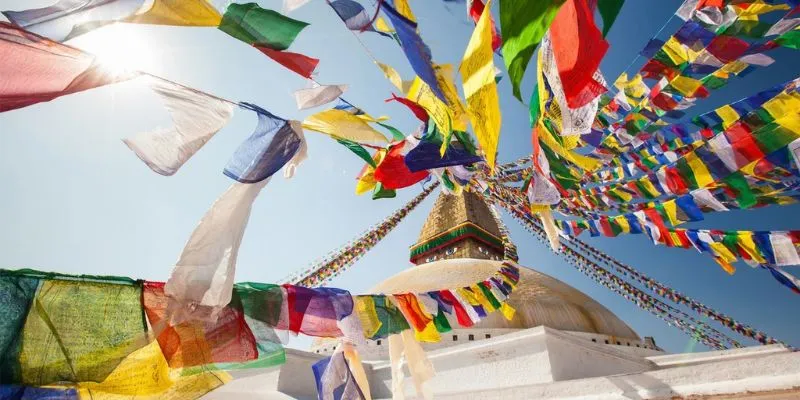
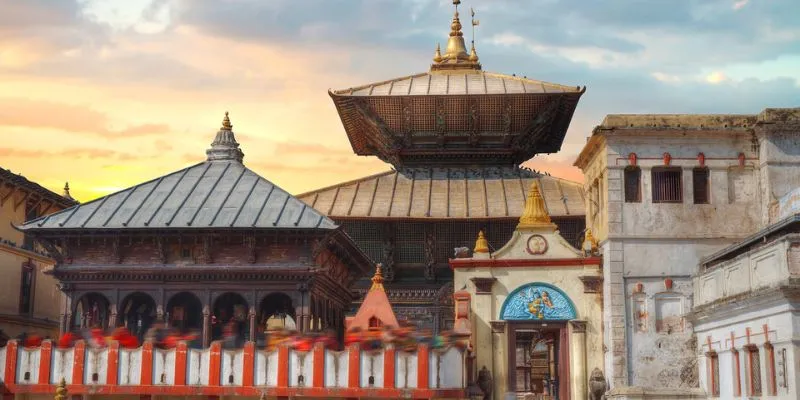
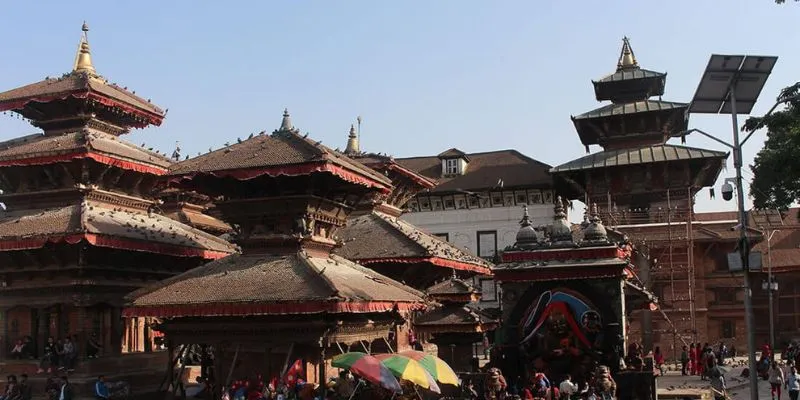

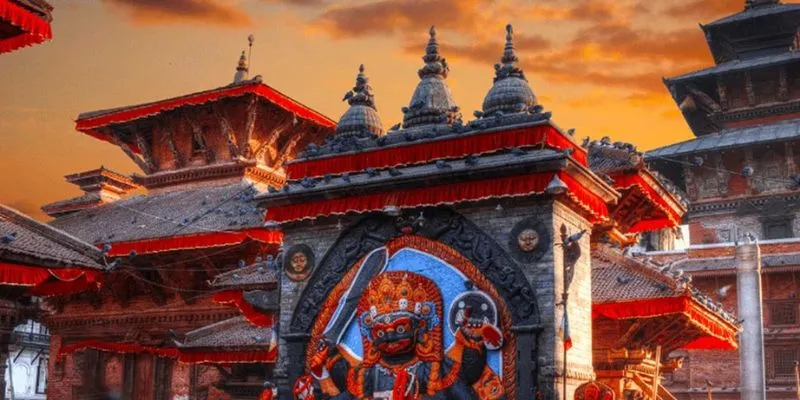
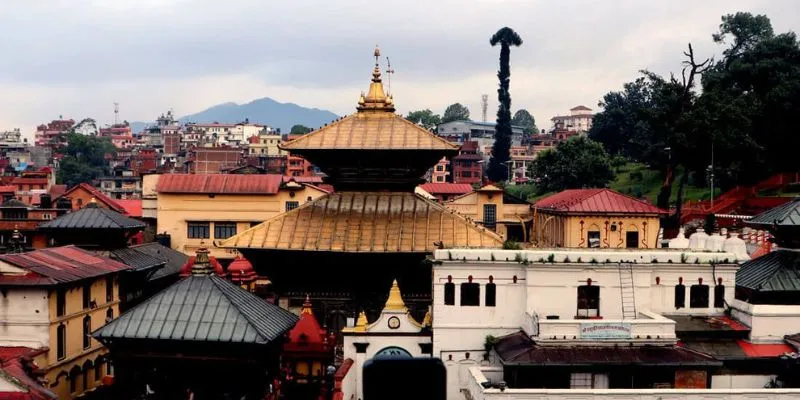

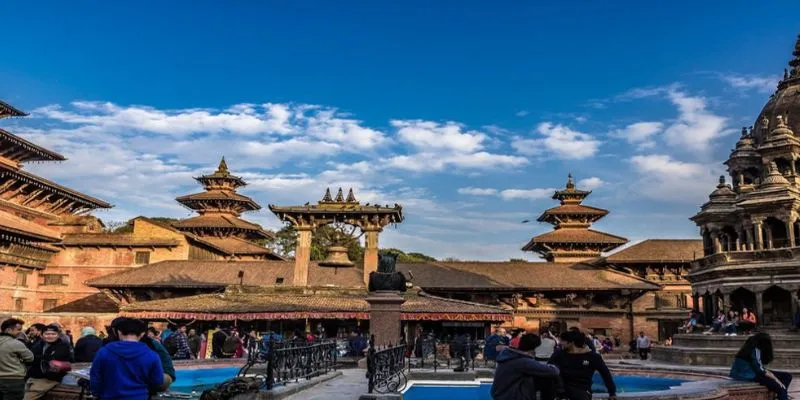
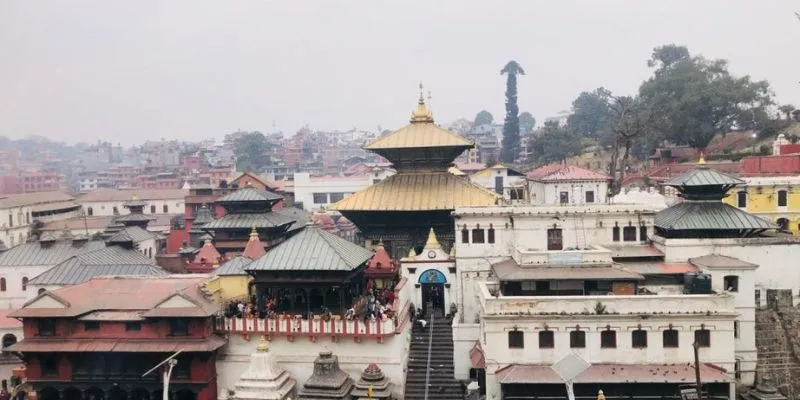
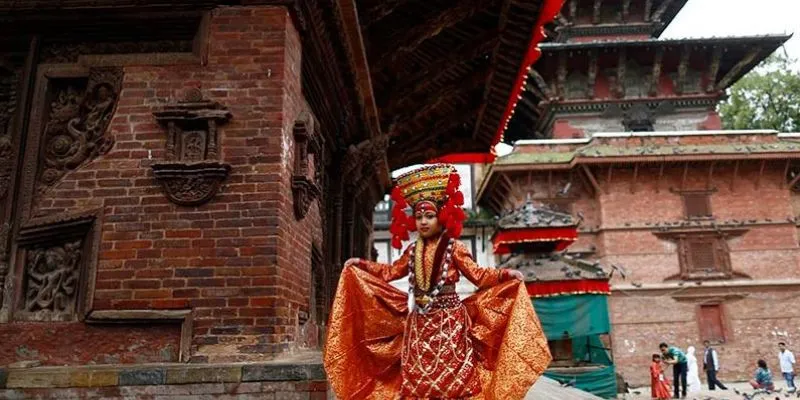
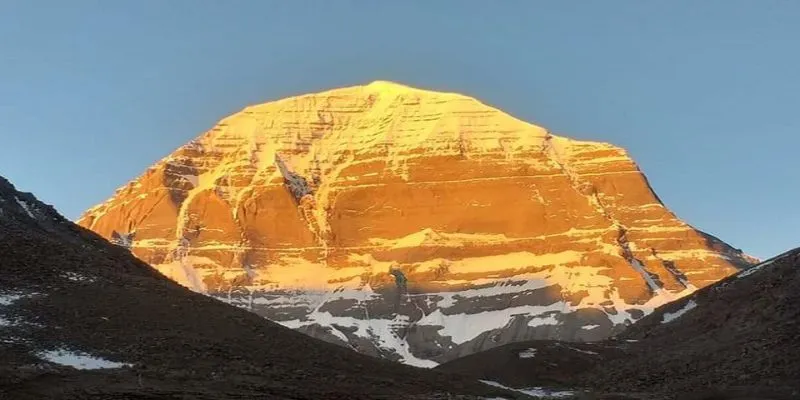
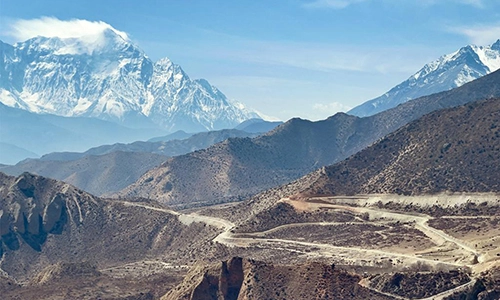
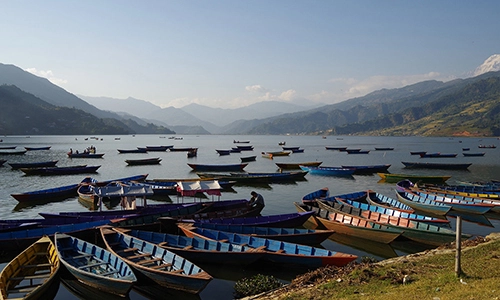
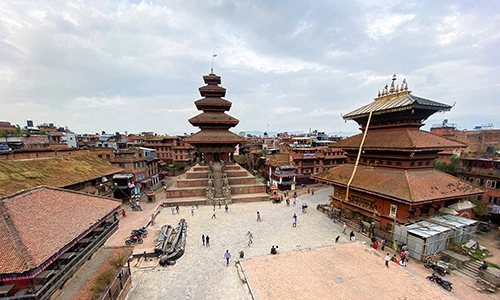
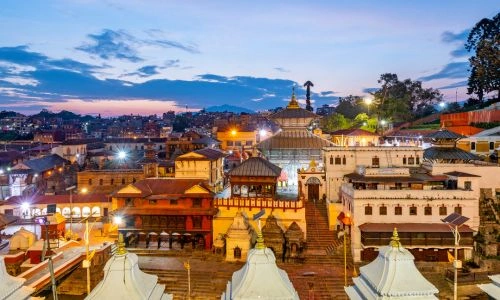
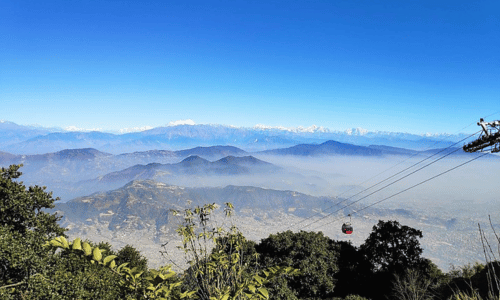








Emma Clarke - Oxford, UK
(5.0)"The UNESCO World Heritage Sites Sightseeing Tour was an incredible cultural journey. From the ancient temples of Bhaktapur to the stunning architecture of Patan Durbar Square, every site was a masterpiece. Our guide was extremely knowledgeable, sharing fascinating stories and historical facts that brought the sites to life. Explore Nepal Trekking managed every detail perfectly, making the experience both educational and enjoyable.”"